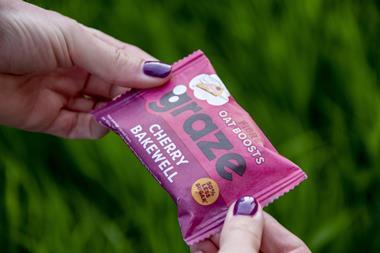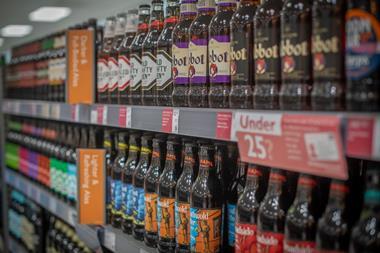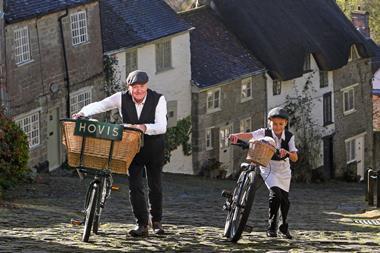
The retail sector is an integral part of the UK economy, accounting for about 5% of total output and 2.7 million jobs. Rightly, it is seen as a bellwether of our collective economic fortunes. If our high streets thrive, our communities thrive.
Nicholas Boys Smith, chair of the advisory board for the government’s Office for Place, summed up what makes a successful high street in a few words: “Easy to reach, pleasant to visit, and not just shops.” Which all sounds very sensible, practical, and hopeful.
But, in the same week the Savills report stated “cost of living improvements see growth in both consumer confidence and retail performance, stimulating a recovery in investment volumes”, we saw the collapse (again) of Carpetright, quickly followed by Ted Baker.
Much like Wilko last year, can they really just blame the economy and the cost of living crisis? Or were they mismanaged, out of step with the times, and supporting brand propositions that were simply out of date?
The new Labour government has set out a mission to get Britain building again and take back our streets, working to rejuvenate high streets and bring back economic growth. In summary, Labour’s five-point plan covers:
- Tackle antisocial behaviour and shoplifting so people feel safe when they go out to shop, eat or socialise in their local high street.
- Roll out banking hubs. Thriving high streets need banking services for local businesses and customers, Labour says.
- Replace business rates. Labour is looking to replace business rates with a new system of business property taxation which rebalances the burden and levels the playing field between our high streets and online giants.
- Stamp out late payments . Labour says small and independent retailers shouldn’t be forced to wait months to be paid for work by big clients.
- Revamp empty shops, pubs and community spaces. People won’t visit high streets blighted by unsightly boarded-up shops. Labour will give communities a strong new ‘right to buy’ beloved community assets to revamp high streets and end the blight of empty premises.
But would any of these plans have helped Wilko, or Carpetright or Ted Baker? Realistically, no.
When Wilko hit the retail rocks last year, there were many industry commentators who pointed to Wilko’s lack of social media savvy as a reason for its demise. Apparently that lack of modern marketing meant it didn’t connect with a new younger audience.
Would that life were so simple. Social media wasn’t its downfall. Its proposition simply got lost along the way.
So if retail is to trust that Labour will rejuvenate our high streets, it needs to think carefully about the marketing and creative propositions that will thrive in this new future. This is not just about branding and creative, although of course they are important. It is basic marketing – understanding the high street audience, identifying their needs, and creating a proposition that inspires consumers to engage.
Read more:
-
What changes could the government be considering on business rates?
-
Why Lidl’s breakfast challenge to Greggs is a smart move
-
McDonald’s targets UK high street with over 200 new restaurants planned
So going back to Boys Smith’s view of “not just shops”, I’d suggest it’s not just “any” shops. The government’s promised future for our towns and high streets is one where “local” is not about geography but about community and distinctive identities.
This chimes with one of the global cultural ‘edges’ identified by Backslash, the cultural intelligence unit of TBWA Worldwide. While being worldly was once a point of pride, we’re now turning inward and getting in touch with our local and national heritage – gaining newfound appreciation for the people and traditions that came before us.
For businesses, capturing that ethos means being truly local-led, working hand in hand with the residents and communities that came before you. Think locally-inspired store designs and partnerships with local makers.
Waitrose’s announcement last week of an investment in 100 new convenience stores will be an interesting bellwether of this principle.
If the Savills report has indeed identified a positive upturn in retail’s fortunes, and if the government’s plans successfully create a retail renaissance, we have a future of great opportunity. Retail brands need to look now at how they can deliver a distinctive proposition that can thrive in this possible new world order.



















No comments yet